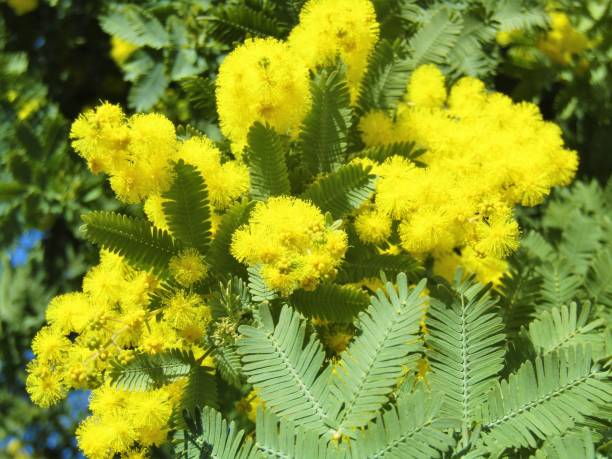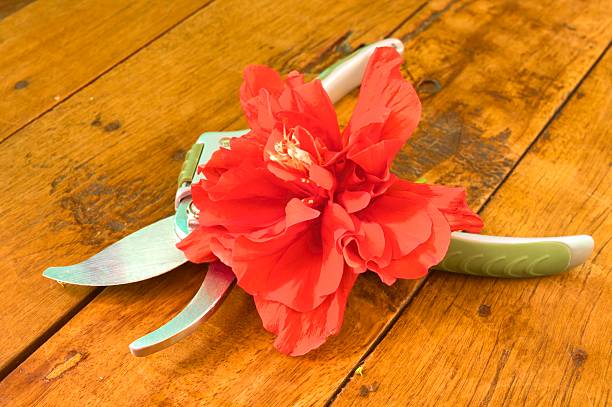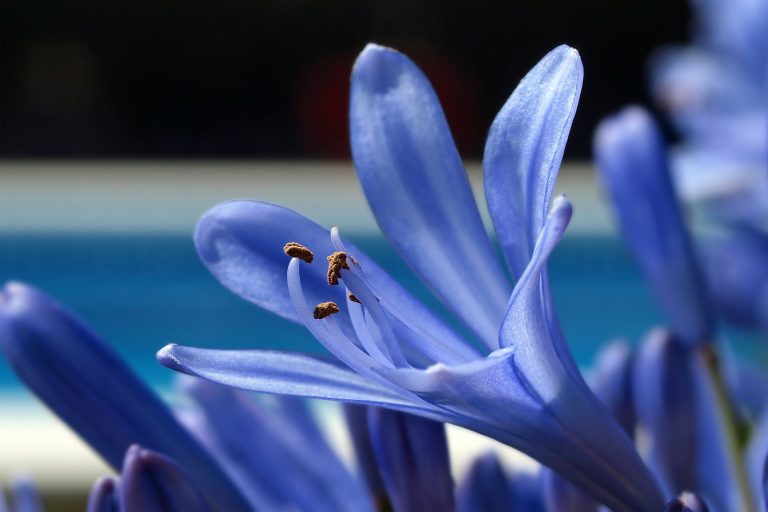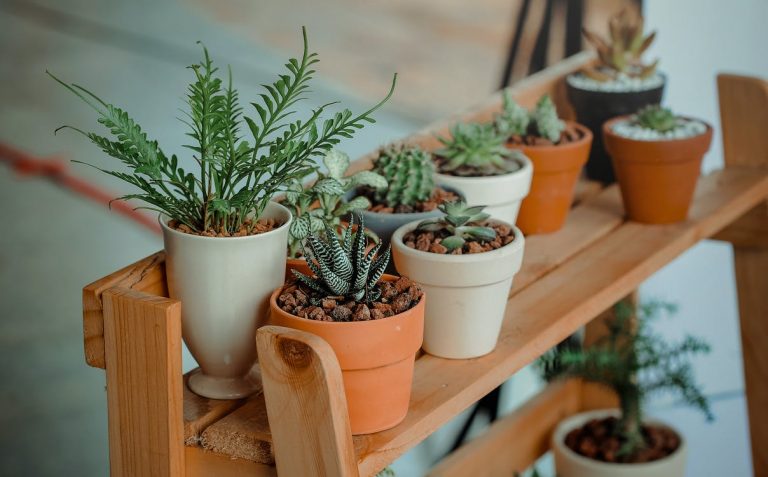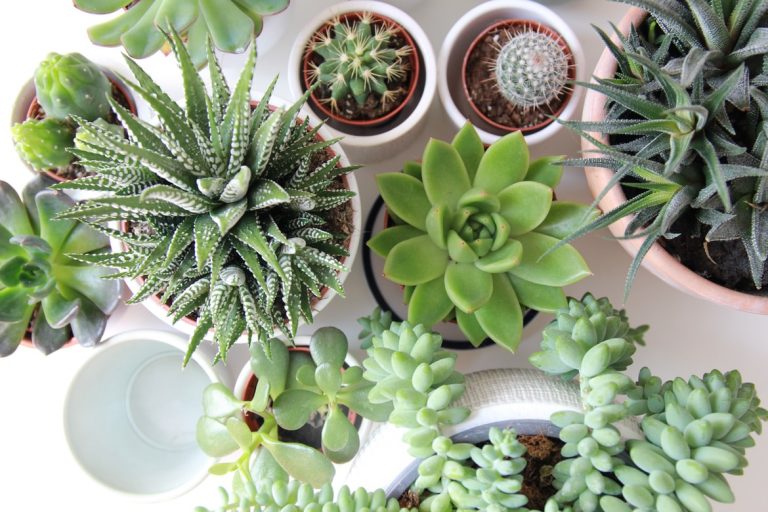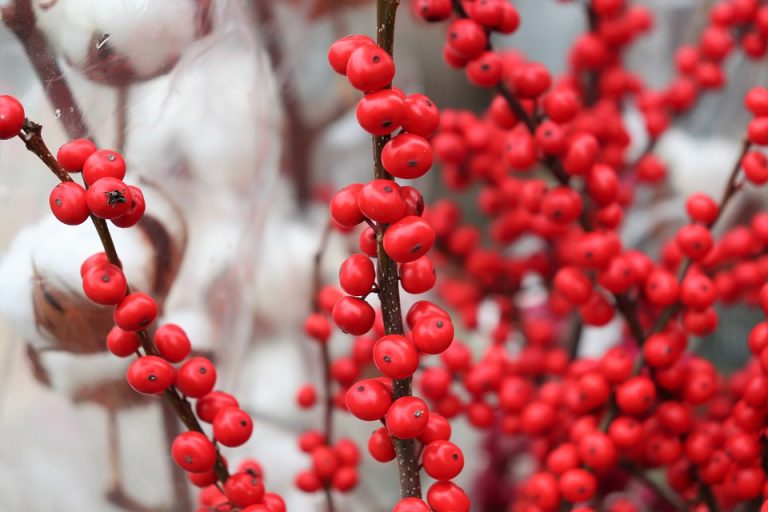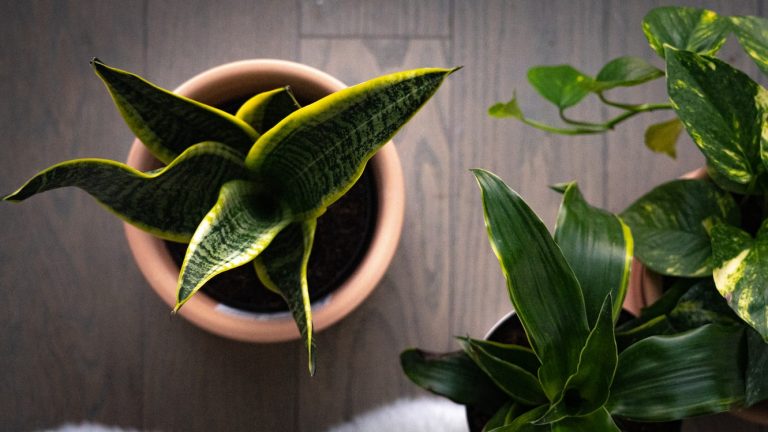HOW TO GROW MIMOSA PUDICA?
Mimosa pudica is a rather exciting succulent. It’s also known as the “sensitive plant” because its leaves fold inward and droop down when touched. Mimosa pudica is a very low-maintenance plant, perfect for novice gardeners.
It is one of the easiest houseplants to grow and maintain. The small touches—the graceful, drooping branches and green-and-white leaves—make it unique and attractive to almost any home or office. In this article, you’ll learn how to grow Mimosa pudica in your garden.
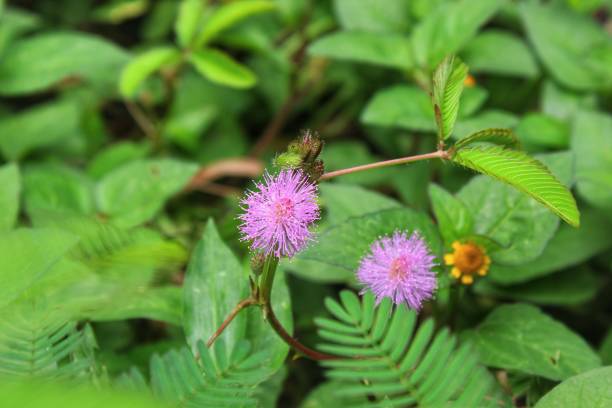
About
Mimosa pudica is a small plant that grows in tropical areas, such as Central and South America. The name Mimosa pudica comes from the Latin “memos,” meaning “actor” or “mime,” and “pudica,” meaning “bashful” or “shy.” This refers to the plant’s ability to fold its leaves and droop when touched. It’s also known as the sensitive, sleepy, and touch-me-not plant.
Despite its nickname, Mimosa pudica is not related to the true mimosas in a different family of plants. It is a member of the legume family (Fabaceae) and is related to other legumes such as alfalfa, clover, and beans.
Mimosa pudica is a perennial herb that exhibits rapid plant movement. The compound leaves fold inward and droop when touched or shaken, defending itself from harm, and re-open a few minutes later. The species is native to South America but has been introduced elsewhere. In some areas, it has become invasive.
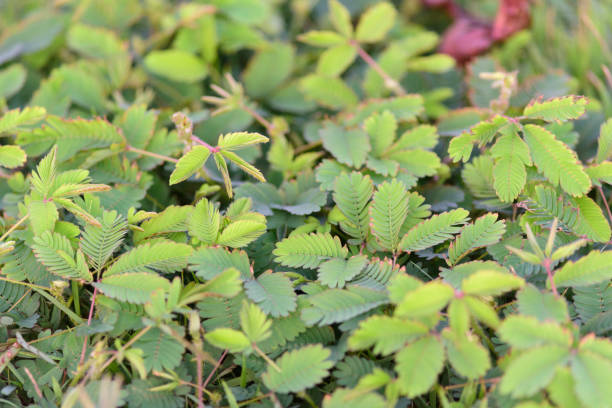
Light
Mimosa pudica needs bright, filtered light. Direct sun will burn the leaves—find a place near a window with sheer curtains or blinds, or grow it under fluorescent lights or a combination of fluorescent and incandescent bulbs. If the leaves start to yellow, it’s getting too much light.
Soil
When caring for your mimosa pudica, it’s important to keep in mind that it needs moist soil. However, you must be sure that the plant will die with good drainage. O wet, the plant will pass, so don’t overwater it. If you are using a pot without drainage holes, use rocks to line the bottom of the pot and allow for excess water to drain away from the roots of your mimosa pudica.

Humidity and Temperature
Another important thing you’ll need to consider when caring for your mimosa pudica is humidity. These tropical plants do best if they’re kept in conditions with at least 50% humidity. You can achieve this by misting your plant with water on a daily basis, or simply placing other humidity-loving plants nearby. If you keep multiple of these sensitive types around each other, the increased moisture in the air will be beneficial for all of them.
Alternatively, growing mimosa pudica in a closed terrarium will also help maintain high levels of humidity, as the moisture that evaporates from the soil and leaves has nowhere to go but back onto the plant itself.
As mentioned above, mimosa pudica prefers warm temperatures. The temperature of your home should ideally be kept above 70°F (21°C) during the day and 60°F (15°C) in the evening. Temperatures of 70-90°F (21-32°C) are best for this plant. However, it can survive at temperatures as low as 50°F (10°C), but it won’t grow well at all in cool conditions. If you put your plant in a cold room or near an air conditioner where the temperature drops below 50 °F/10 °C, then your plant will die very quickly. Mimosa pudica cannot survive frost under any circumstances whatsoever.
Fertilizer
You can fertilize your mimosa pudica weekly with a balanced liquid fertilizer during the growing season and monthly during the winter. Fertilizer is especially important during the growing season, when plants are actively producing new tissues and require more nutrients. Feeding at least once a month throughout all seasons will keep your plant vigorous and healthy, promoting lush foliage and beautiful flowers.
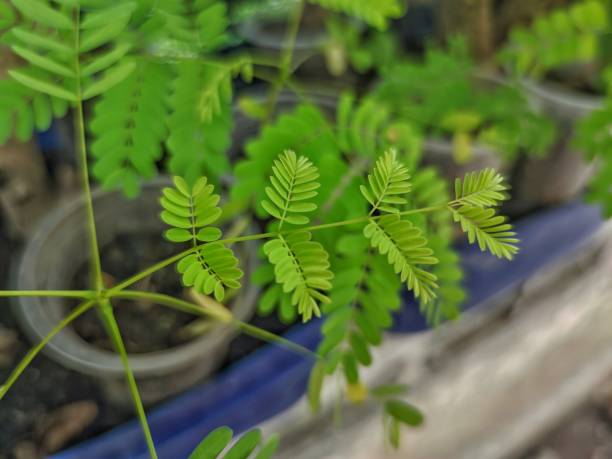
Location
The mimosa pudica plant prefers a location with full sun to partial shade and well-drained soil. The roots of the plant rot quickly, so it needs to be planted in a spot that drains well. Don’t allow the soil to become waterlogged, as this will kill the plant’s roots. Also, avoid planting your mimosa pudica in a windy area, as this can damage the leaves.
Propagating by Stem Cutting
Take stem or tip cuttings in early spring. Cuttings should be 3 to 5 inches long and have at least two leaf nodes (the point where the leaf was attached to the stem). Remove leaves from the bottom half of the cutting. Dip the end of the cutting in a rooting hormone if you have it, then insert it into moist soil, sand or vermiculite about 1 inch deep.
Maintain high humidity around cuttings by covering them with a clear plastic bag. Use a rubber band to hold bag in place and poke holes in bag for ventilation. Don’t place cuttings in direct sun; an east-facing window or an under-cabinet fluorescent light fixture works well. If you don’t cover your cuttings with a plastic bag, spritz them daily with water or keep them on a shallow tray filled with moistened pebbles. Roots should appear within 2 weeks after planting; when they are 1 to 2 inches long, transplant seedlings into individual pots using standard potting soil.

Propagating by Seeds
Propagate mimosa pudica by seed. Purchase seeds from a garden center or online. Soak the seeds overnight in warm water to soften their hard outer coatings and improve germination success. Fill a small pot with sterile potting soil and water well until the water drains from the bottom of the pot. Sow one seed per pot on top of the soil mix. Cover the seed with a thin layer of soil and place it in a sunny window or under grow lights. Keep the soil moist but not sodden while waiting for germination, which should occur within three weeks after sowing.
Transplant mimosa pudica seedlings into 4-inch pots filled with sterile potting soil once they have their second set of true leaves, typically two months after sowing.
I would recommend this plant to anyone who wants a fast-growing, colorful, and exciting plant for their home. It has taken a relatively new form in the plant world, so there is still a lot of interest in it from people who love nature and plants but have had little time to study them.
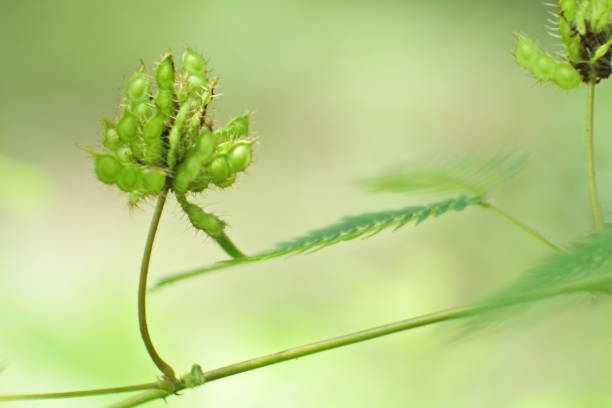
There are reasons why people love to grow it at home. The plant gets the attention of anyone who passes by it. Mimosa Pudica is genuinely a magnificent houseplant, but few people have developed it because they don’t know how to make them feel at home. Follow the steps given here, and you will be able to grow this plant successfully very quickly.

